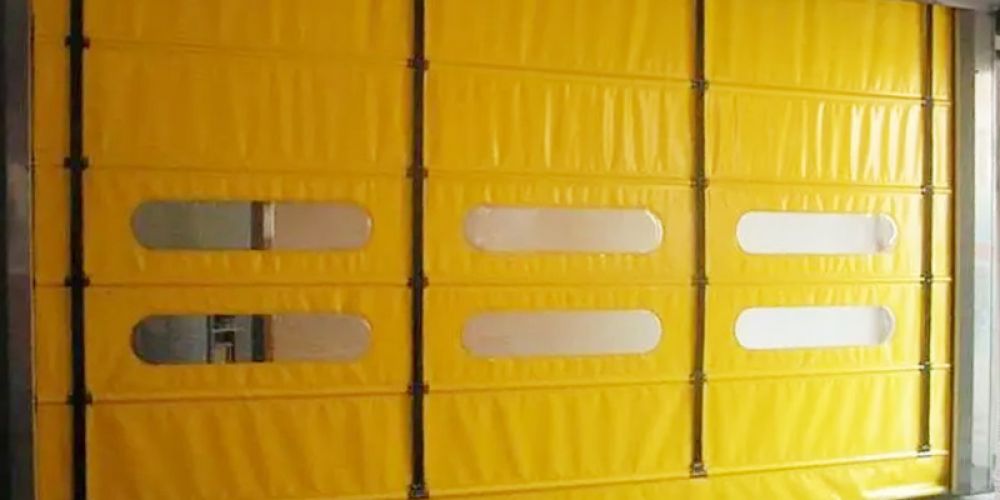
The high-frequency heat sealing and splicing process is a critical manufacturing technique that ensures the strength and sealing performance of PVC door curtains. Below is a detailed introduction to this process:
The high-frequency heat sealing process relies on converting electrical energy into thermal energy to generate sufficient heat within the PVC material, enabling welding. In high-frequency welding, the dielectric plastic material (e.g., PVC) to be joined is clamped between two conductive electrodes. When high-frequency electrical energy passes between the electrodes, it creates an alternating electric field within the dielectric material. This alternating field causes intense molecular movement in the dielectric material, resulting in localized heating. Due to the cooling effect of the electrodes in contact with the outer surfaces, the heating is most pronounced at the interface between the two dielectric materials and the midpoint of the electrodes. Once the materials fuse, the high-frequency power is turned off, and the workpiece cools to form a robust weld seam.